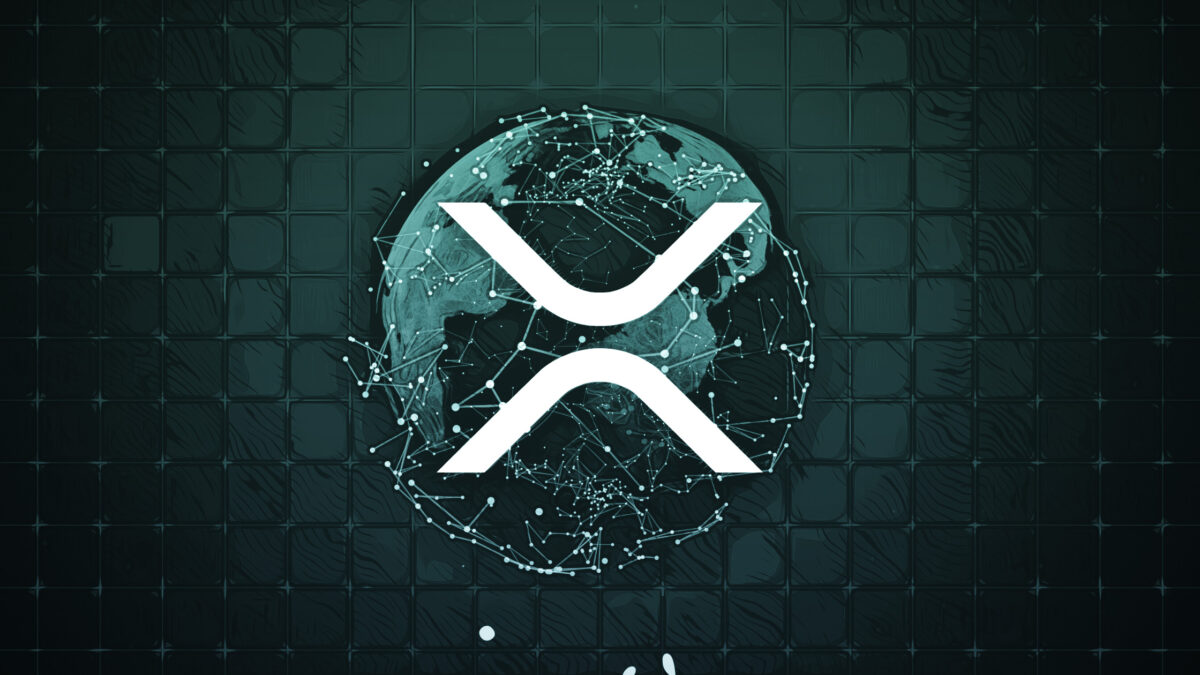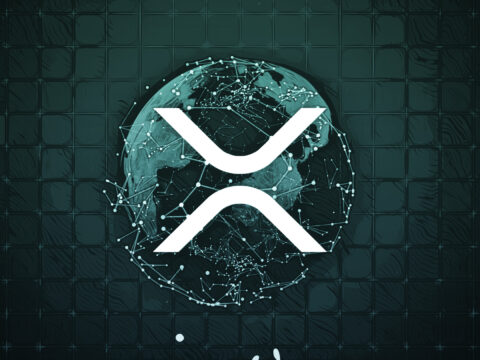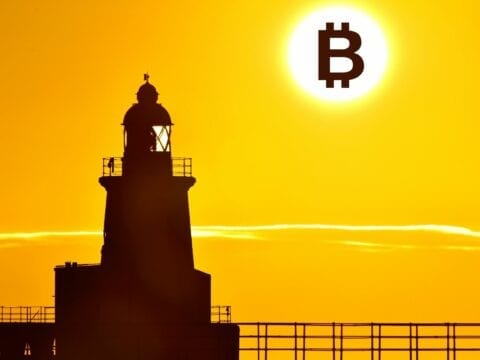
XRP is the native token of the XRP Ledger, an open-source, permissionless, and decentralized blockchain technology built to facilitate global payments by settling transactions in less than 5 seconds.
The cryptocurrency was launched back in 2013 by Ripple Labs, which rebranded as Ripple in 2015. The rebranding also caused the cryptocurrency also to be known as Ripple. The XRP ledger was known initially as Ripple Open Payment system, with subsequent rebrands to Ripple Network, and Ripple Consensus Ledger, before settling as XRP Ledger.
While XRP and Ripple were the result of the same vision and were created together, both the company and the payment platform evolved in different ways, with the company expanding its reach beyond the network.
The project was launched with the participation of numerous top software developers and industry experts, such as Jed McCaleb and Chris Larsen. The project has also been endorsed by some of the world’s largest financial institutions, a list that includes Santander, Union Credit, Standard Chartered, and Bank of America.
Ever since its creation, XRP has continued to be one of the most popular cryptocurrencies, as demonstrated by its high trading volume and market capitalization ever since, consistently being at the top of the crypto market with coins like Bitcoin and Ethereum.
What Is the Purpose of XRP?
The XRP token was designed as an open-source and decentralized digital asset built to realize payments by powering the XRP ledger. The cryptocurrency can facilitate payments by representing the cryptocurrencies.
With the use of XRP and a distributed ledger to transfer value, Ripple expected to create a solution that offered lower transaction costs on global payments, fast transaction times, and a holistic payment ecosystem without the need for traditional financial institutions.
The XRP ledger approached blockchain transactions and records by allowing only approved participants to validate transactions and secure the network, which at the time was revolutionary when compared to networks like Bitcoin.
While the project sparked some controversy due to the creation of Ripple as a for-profit company instead of the usual non-profit foundation model used by cryptocurrencies, this model has become more accepted as enterprises around the globe continue to adopt cryptocurrencies and blockchain technology.
How Does XRP Work?
XRP uses its proprietary consensus protocol: the Ripple Protocol Consensus Algorithm. While most blockchain networks allow all of their users to run nodes to validate transactions and “mine” rewards, the XRP ledger grants this power to pre-approved participants (unique nodes).
By maintaining a list of unique nodes to create consensus, transactions sent for their consideration can be approved when at least 80% of participants agree on its validity, improving efficiency and computational power in every transaction.
The token is pseudo-deflationary in nature, as a percentage of a transaction’s total can be burned, reducing the total supply of the token and increasing its value by fomenting scarcity as no fees are charged per se.
At the current rate of burning, it’s estimated that the total XRP supply would take at least 70k years to deplete as no new XRP is being created (minted) at any given time due to the lack of mining.
A total XRP supply of 100 billion tokens was pre-mined when the cryptocurrency launched. Over time this may make XRP more valuable, primarily if the platform is used extensively, which would lead to a high number of transactions, thus, a high token burn rate.
As XRP is an open-source project despite Ripple’s for-profit nature, community members can easily access and audit the code to report bugs and vulnerabilities, facilitating the development process and increasing the security of the ecosystem.
Sources





